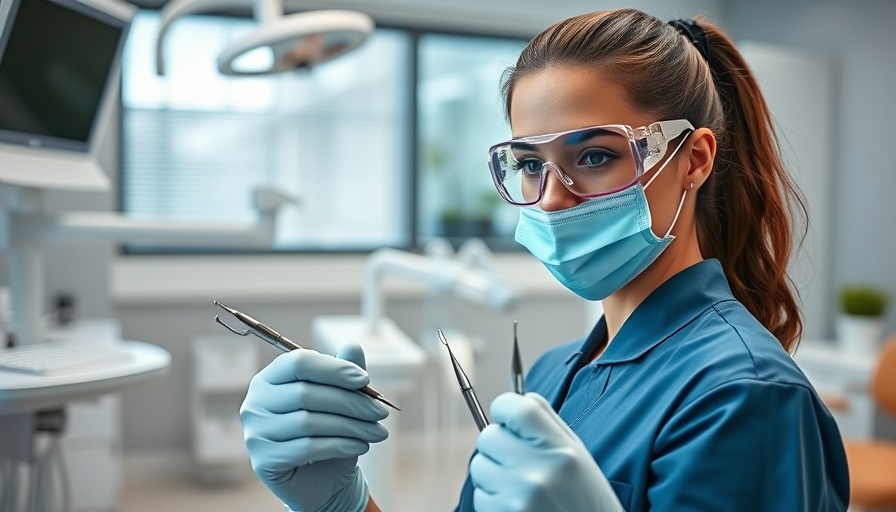
Understanding the Evolution of Oral Health
The belief that our ancestors enjoyed superior dental health compared to today's society is a common misconception. While it's true that sugary and processed foods were less prevalent in their diets, it does not directly correlate with better overall oral health. In fact, analyzing the historical context reveals a much more nuanced picture of dental care.
In 'Is Our Oral Health Getting WORSE? The Data Might Surprise You!', the discussion dives into the myths surrounding oral health, exploring key insights that sparked deeper analysis on our end.
The Impact of Dental Care Advancements
In the past century, advancements in dental care and technology have created significant improvements in oral health. Prior to the mid-20th century, many individuals lacked access to basic dental care. Regular check-ups, preventative services, and technology such as fillings were not standard practices. A troubling reality was that untreated cavities often resulted in tooth loss, with extractions being common practice. The introduction of new dental techniques and materials has drastically altered the landscape of oral health.
Fluoride: A Game Changer
Fluoride is perhaps one of the most important innovations in dental care in the last century. It wasn't until the introduction of fluoridated water in communities that significant reductions in cavities were observed. The CDC has reported that effective use of fluoride has strengthened enamel and protected against decay. Despite some skepticism regarding fluoride, its role in improving public health cannot be overstated. Understanding the facts about fluoride helps dismantle common myths about global dental health standards.
Nutrition: Changing Perspectives
Another aspect often overlooked in discussions about oral health is nutrition. While processed foods are frequently blamed, traditional diets still contained significant amounts of carbohydrates and sugars. Foods like bread and dried fruits can contribute to tooth decay just as much as modern candies. The myth that our ancestors’ diets were devoid of cavity-causing foods fails to recognize the context of their dietary choices. It is important to educate ourselves on how food impacts oral health.
Modern Day Debates: Are We Really Healthier?
Even with advancements, oral health still poses challenges. Recent findings from the CDC indicate that around 40% of adults in the U.S. endure some form of gum disease, a figure that escalates to 60% for adults aged 65 and older. While we have made significant progress, it’s essential to acknowledge that oral health is an ongoing commitment. Longer life spans mean that dental care must adapt continuously to meet the needs of an aging population.
Public Health Initiatives and Their Role
Public health initiatives, including awareness campaigns and accessibility of dental care, have dramatically transformed the realm of oral health. Increased education about proper oral hygiene and regular dental visits help individuals maintain a better quality of oral health. Highlighting these initiatives can serve as motivation for individuals to actively engage in their dental care practices.
Embracing Modern Dental Hygiene Practices
The importance of effective home care practices cannot be overstated. Tools we take for granted today, such as high-quality toothbrushes and dental floss, greatly enhance our ability to maintain good oral hygiene. Public education campaigns have worked tirelessly over the last several decades to encourage habits that support lifelong dental health.
Conclusion: Shifting Perspectives on Oral Health
After examining the evidence, it's clear that our understanding of oral health has evolved. Instead of believing that our grandparents had superior dental health, we should recognize the strides we have made in dental care and preventive practices. Today's advancements underscore the idea that oral health is not just about survival; it’s about proactive care and education.
For anyone interested in improving their oral health routine, now is the perfect time to take action. Consider your oral hygiene practices and how you can refine them to promote better dental health. After all, a healthy smile is an essential part of our overall well-being.
 Add Row
Add Row  Add
Add 




Write A Comment